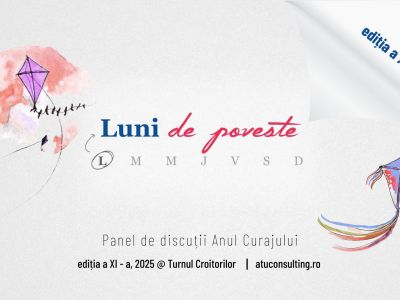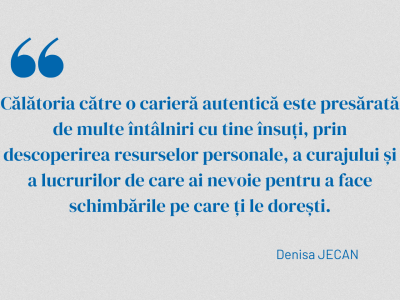„A citi o carte, asemeni oricărei alte experiențe de viață, este o călătorie personală; una pe care o experimentăm și o vizualizăm prin lentilele oferite de experiențele anterioare și de interesele personale…”
Așa își începe colegul nostru, Bogdan Giurgiu, articolul publicat în luna august pe Scrum Alliance, articol intitulat Your Brain Does Scrum.
Bogdan este unul dintre puținii Certified Scrum Professionals din Romania (4 membri în ianuarie 2014) și este extrem de pasionat de Metodologiile Agile și cum pot acestea să îmbunătățească echipele și companiile. Articolul este în engleză și reflectă o paralelă interesantă între modul în care funcționează creierul uman și principiile și tehnicile utilizate în Scrum.
Așasar, vă invităm la lectură:
I believe that reading a book, like any other life experience, is a personal journey, one we experience and visualize through the lens of our previous experiences and personal interests. With this in mind, I would like to share with you one of the great journeys I recently had. Although the book in question has nothing to do with Scrum and the Agile movement in general, seeing the content from a Scrum perspective can provide answers to a lot of questions about some of the fundamental principles of Scrum and why they work so well.
The book itself is about the brain, and how it operates during a normal working day. The brain has a limited bucket of resources for activities such as decision making and impulse control. These activities are performed in a small area of the brain, called the prefrontal cortex, an area that represents only 4 percent of the total brain volume. It’s better to know these limitations and adapt to them rather than fight them. The same fundamental principle stands behind Agile: Inspect and adapt. Scrum also deals with the limited resource of time, which is even more precious than energy.
The way I see it, the constant influx of information that hits the brain, and especially the prefrontal cortex, is organized like a Scrum (or Kanban) board. Surprisingly, this is a limited, rather small board. It has been demonstrated that we can hold just a few pieces of information on this board, and we can work on just one at a time without affecting our performance. Studies have showed that when people do two cognitive tasks at once, their cognitive capacity can drop from that of a Harvard MBA to that of an eight-year-old (see Harold Pashler).
But let’s see how we can organize the brain’s activities in order to take full advantage of its potential, while using its resources wisely…
Continuarea articolului vă invităm să o citiți aici.



